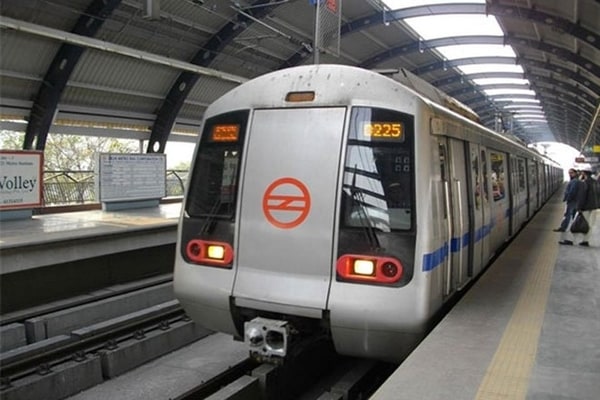As the world anxiously waits in the confines of their home for the pandemic to die down, New Zealand on Monday claimed that it had “eliminated” the coronavirus. In fact, the lockdown restrictions in the country have now moved from “level four” to “level three,” with new cases in single figures.
“So as we have said elimination means we may well reach zero but we may well then have small numbers of cases coming up again, that doesn’t mean we have failed, it just means that we are in the position to have that zero-tolerance approach to have very aggressive management of those cases and keep those numbers low and fading out again,” New Zealand’s Prime Minister Jacinda Ardern said.
“There is no widespread, undetected community transmission in New Zealand,” Ardern declared according to AFP . “We have won that battle,” she added.
For almost 5 weeks at maximum Level Four restrictions, with only essential services in operation, it shall now move to Level Three. This means some businesses, takeaway food outlets and schools to reopen. But Ardern warned that nobody knows when normalcy will resume.
“Everyone wants to “bring back the social contact that we all miss. But to do it confidently we need to move slowly and we need to move cautiously,” she went on to say.
“I will not risk the gains we’ve made in the health of New Zealanders. So if we need to remain at Level Three, we will.”
So how did they do it?
Like many countries, New Zealand had models that showed that a potential coronavirus outbreak could be devastating if no action was taken. Unlike some other countries, New Zealand responded relatively fast.
.
When Ardern announced on March 14 that anyone entering the country would need to self isolate for two weeks, it was among the toughest border restrictions in the world. At the time, the country had six cases.
.
When, on March 19, Ardern banned foreigners from entering the country, there were 28 confirmed cases. And on March 23, when Ardern announced that the country was going into lockdown, there were 102 confirmed cases — and no deaths.
.
“Decisive action, going hard and going early, helped to stamp out the worst of virus,” Ardern in a statement Tuesday.
.
There are a few reasons New Zealand took strong action. As Ardern said in a press conference on March 14, New Zealand is a key departure route to Pacific Islands — and the country has a responsibility to protect its Pacific neighbours. But the swift actions were also for the benefit of New Zealanders.
.
“Here in New Zealand, we don’t have a lot of intensive care beds compared to some other countries. That’s why (Ardern) acted really fast,” Auckland University microbiologist Siouxsie Wiles said earlier this month.
.
While New Zealand took prompt action, it is being slow to roll back prevention measures. Even as the country’s cases appeared to trend downward, Ardern opted to extend the most restrictive, level four lockdown measures by five days.
.
Despite that, many New Zealanders support the restrictions. In a Colmar Brunton survey last week, 87% said they approved of the way the government is responding to the pandemic.
.
New Zealand has ramped up its testing, to the point that it can now carry out up to 8,000 tests per day, Ardern said Tuesday.
.
To date, New Zealand has carried out 126,066 tests. For comparison, the United Kingdom — a country with around 13 times more people than New Zealand — has completed 719,910 tests.
.
But the real sign that New Zealand’s testing is working is its test positivity rate — the proportion of tests coming back positive.
.
Although New Zealand is currently being seen as a success story of the coronavirus crisis, it also shows that gains in the fight against Covid-19 doesn’t mean a return to life as normal.
.
Despite New Zealand’s early success, the country is still effectively in lockdown, with most people still being told to stay home and stick to their “bubbles” — the name for the people they are isolating with.
.
“(Level three) is not and cannot be returned to pre-Covid-19 life,” Ardern said Monday. “That day will come, but it is not here yet.”
.
Ardern pointed out that the battle against Covid-19 would continue until there is a vaccine. And — like other countries — New Zealand still has an economic fight to contend with.
.
Tourism — New Zealand’s biggest export industry — has taken a hit. Foreign nationals are still banned from entering the country, and any New Zealanders who arrived in the country will need to spend at least 14 days in government quarantine facilities. There is a discussion about New Zealand and Australia opening their borders to one another, but for now, nothing official has been announced.
.
Under a best-case scenario, New Zealand’s Treasury estimated that the country could see a 13% unemployment rate.
.
“We will do all we can to ensure we fight the economic impacts of the virus in the same way we did the health threat,” Ardern said on Tuesday. “With unity, with fast support, by looking after each other.”











